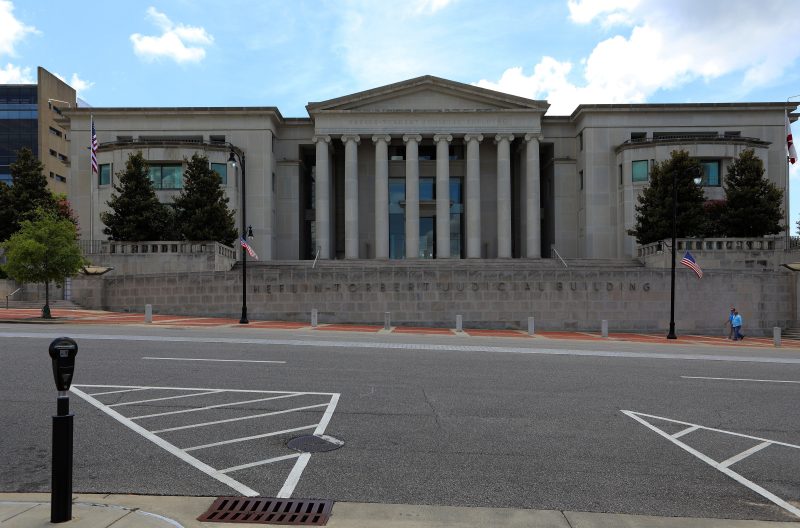The Alabama High Court, in an unprecedented move, has ruled that frozen embryos are considered children, opening a new chapter in the national discussion about embryonic rights and human reproduction. This novel determination redefines the status of embryos preserved in fertility centers, establishing innovative legal concepts that potentially can have significant implications.
The Court’s decision came about in Brooks v. Brooks, a divorce case involving a dispute over the fate of a couple’s frozen embryos. The couple had several embryos frozen during their marriage in anticipation of producing children but later decided to end their marriage. Subsequently, the question was raised about the future of their embryos. The Alabama Supreme Court ruled that the embryos indeed have legal rights akin to children.
The central premise of the landmark ruling is the recognition of frozen embryos as unborn children, not just a cluster of cells or property. It’s a designation that arc towards the philosophical and religious notions of when life begins – an issue that nests at the heart of various ethical, moral, and legal debates nationally.
The ruling’s impact chips away at traditional lines of argument about embryonic status, steering the conversation towards granting unborn entities, represented in this instance by frozen embryos, a measure of legal rights and privileges. It also helps paint the picture of how a balance might be achieved between the rights of potential parents and the rights of potential children.
Nonetheless, the ruling is not without its skeptics and critics. Critics argue that it could potentially limit reproductive rights and choices at the onset. Furthermore, those operating on the scientific and medical fronts might stress that such decisions could restrict promising medical research, specifically related to stem cells and infertility treatments.
Moreover, by personifying frozen embryos, latent legal issues could emerge, revolving around the embryo’s custody, welfare, and related legalities typically associated with children. The ruling can also complicate legal hierarchies tied to the categorization of what constitutes a minor or child in varying legal sectors.
Although the Alabama High Court’s decision is currently binding only within the state, its ripple effect could potentially impact other states’ approaches to dealing with similar circumstances. The potential for these dialogues to evolve into more widespread change in legal procedure and societal attitudes is significant.
At its core, this sits heavily in the intersection of philosophy, religion, science, and law. Its conclusiveness will largely depend on how these diverse points of view can reconcile and influence the legal landscape in either protection of parental rights or the acknowledgment of potential life forms.
This momentous development in the






























